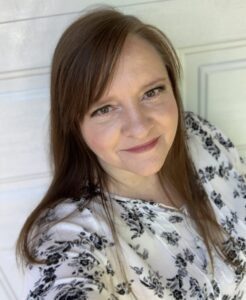Youth Specialization in Single Sports
Dozens of leading sports organizations, including the US Olympic Committee, collaborated to inform parents about the popular early specialization in youth sports. A growing trend among families to promote children under 12 focusing intensively on one sport, at the exclusion of others, year-round. Immerging research revels some of the risks of early specialization in developing bodies, including a decrease in overall athletic development. They are encouraging instead a multi-sport approach, which is more likely to provide better performance, less burnout, less social isolation and more lifelong enjoyment in sports.
Each year an estimated 30-40 million children play youth sports. Developing an athlete can provide a better, and less costly, education and provide a flourishing career path. These facts have lead to an increasing number of children, some as young as 7 or 8, to specialize early to better compete. But does it lead to superior athletes? In fact, the well-rounded athlete may be the one most likely to succeed. Studies of college-level and Olympic athletes found that the majority of them played multiple sports growing up and did not specialize early. In a study published last year, researchers surveyed 708 minor league baseball players and found that only 25 percent of them specialized in baseball before age 12. In fact, those who specialized later were actually more likely to win college scholarships.
Here are tips for making sports a positive experience from kidsports.org
- Be a cheerleader, not a coach. Resist the post-game analysis. “Parental praise opens the doors of communication and motivates,” said Sally Johnson, executive director of the National Council of Youth Sports. Criticism can do the opposite.
- Encourage sports sampling. “Different personalities, abilities and developmental levels might be a better match with different sports,” Johnson told me. Multi-sport play has also been found to reduce burnout and overuse injuries.
- Set Limits. Athletes should take at least one to two days off per week from competitive athletics, sport-specific training, and competitive practice (scrimmage), and a total of 2 to 3 months off per year from a specific sport, according to American Academy of Pediatric guidelines.
- Watch for Burnout. Burnout, simply put, is mental and physical exhaustion. Watch for signs like nonspecific muscle or joint problems, fatigue or poor academic performance.
- Make time for free play. Child-initiated free play, like after school pick-up games, helps to build social and emotional skills and can be an important tool for preventing overuse injuries.
- Find the right program. Your goal as a parent is to find athletic experiences that encourage positive lessons, like sportsmanship, teamwork, and cooperation, said Johnson. “Sports should bring out the best in your children,” she said, “and the best in your relationship with them.”
Here are the recreational sports spring signups links for Corvallis, OR, Eugene, OR, Springfield, OR and Albany, OR:
Kid’s Sports Links
-
- Playground Sports – Multisport – Eugene
- Kick City Indoor Soccer – Eugene
- Millersburg Wood Bat League – Currently, a Dart League
If you know of other places that have been successful for you or your children, please comment to the post and I will add it.
-
- Thurston Babe Ruth – Baseball signups for Eugene areaa
- Junction City Athletics – Harrisburg/Junction City
- Willamette Valley Babe Ruth League – Baseball – Multiple areas in Willamette Valley
- Lane Youth Soccer Association – Soccer – Lane County (mainly Eugene area)
- TriCounty Sports – Multiple – Harrisburg area
- AYSO Region 870 – Soccer for Albany area
- AYSO Region 53 – Soccer for the Eugene area
- Kids Sports – Most Sports in Eugene and Springfield
Adult/Children Sport Links
-
- Playground Sports – Multisport – Eugene
- Kick City Indoor Soccer – Eugene
- Millersburg Wood Bat League – Currently, a Dart League
If you know of other places that have been successful for you or your children, please comment to the post and I will add it.





